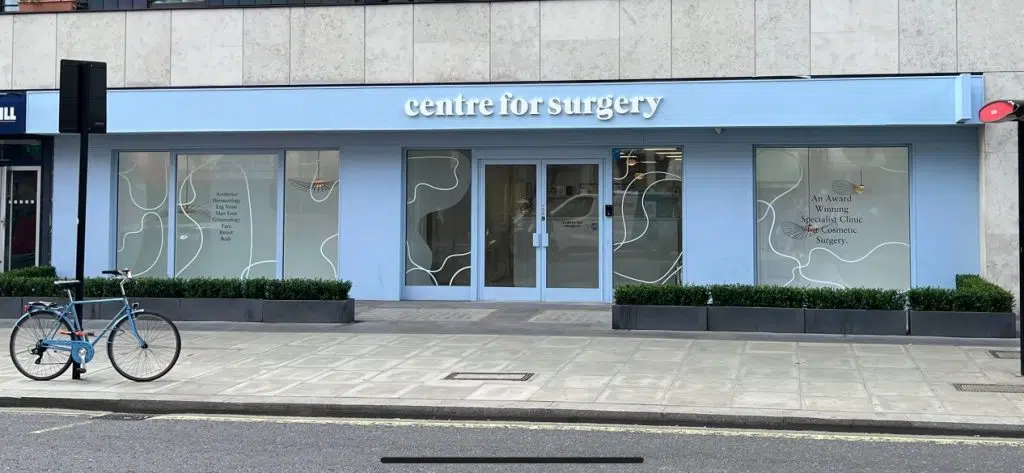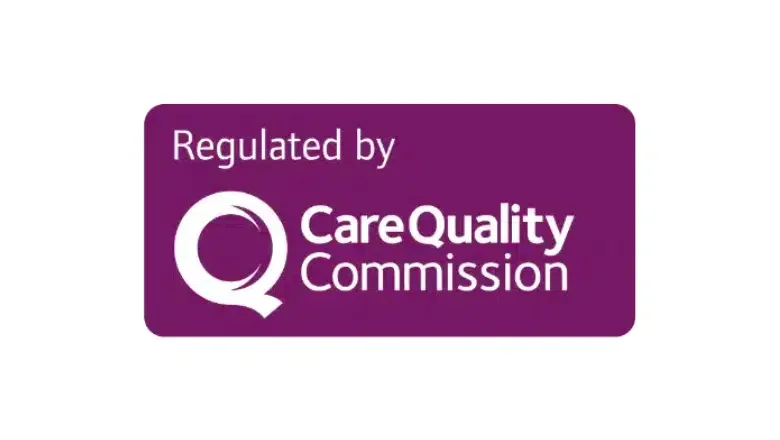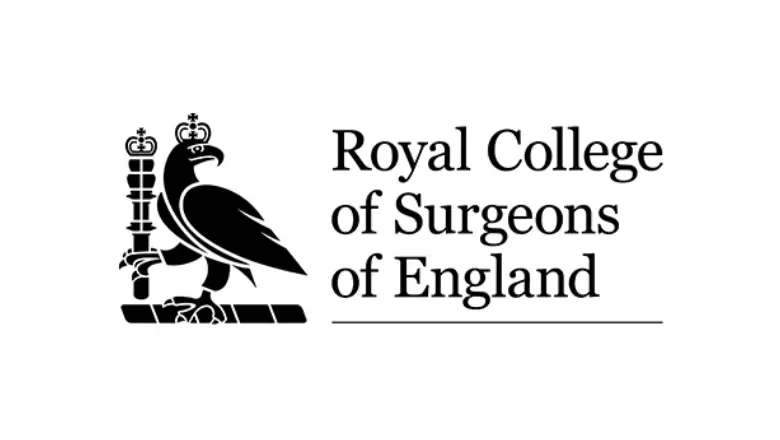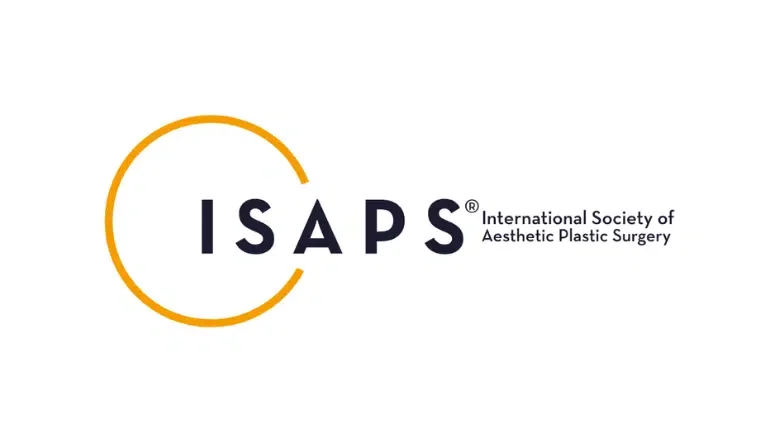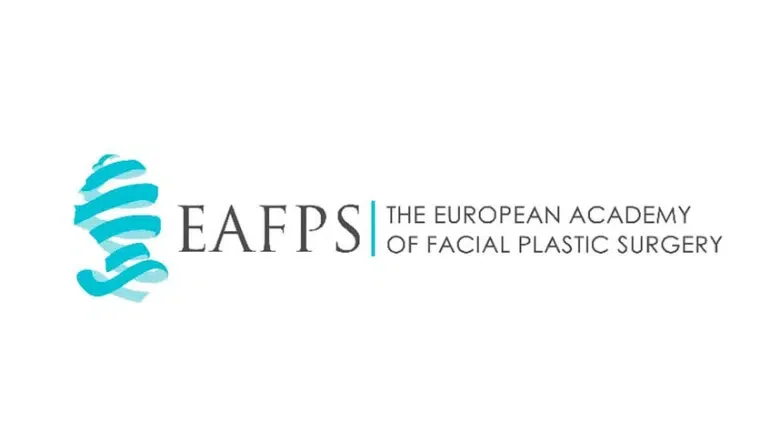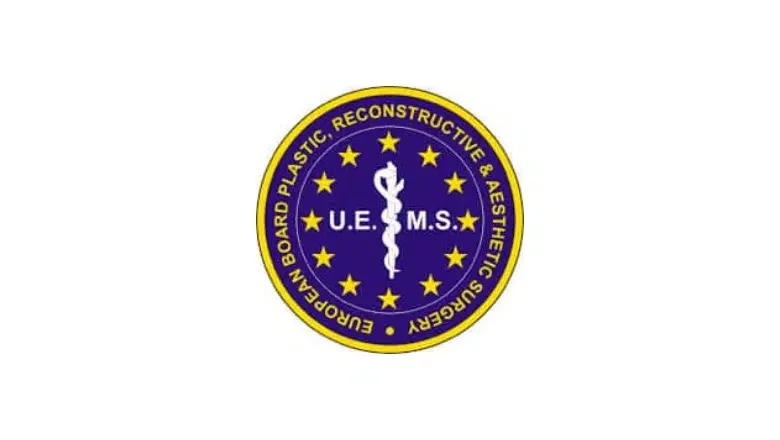Those Lines by Your Mouth When You Smile – What’s the Story?
You know those lines that show up when you grin? They start from the sides of your nose and go down to the corners of your mouth. Some people call them smile lines, others say laughter lines, but the fancy term is “nasolabial folds”. They’re completely normal, but as we get older, they can get a bit more noticeable. Why does this happen? Well, it’s down to a mix of things. Our skin isn’t as stretchy as it used to be when we were younger, and all those years of smiling, laughing, and just moving our face muscles in general, play a part in making these lines more visible.
Plus, it’s not just ageing – there’s a bit of a lucky dip here. The way these lines show up varies for different people. Some might have them more noticeable than others. Why? It could be because of your genes (thanks, mum and dad!), how much time you’ve spent in the sun, or if you’re a smoker. All these factors can make a difference.
Why Bother About These Lines?
You might be wondering, “Why should I care about these lines?” That’s fair enough! But for some folks, these lines might make them feel a bit self-conscious. They might think it makes them look older or more tired. For them, it’s not just about lines – it’s about how they feel when they look in the mirror.
Can We Do Anything About It?
Here’s the good news – there are things you can do about it. Of course, you can’t change your genes, and you can’t reverse time, but you can make choices that help keep your skin looking fresh. For example, cutting down on sunbathing and ditching cigarettes are steps in the right direction.
What’s On Offer at Centre for Surgery in London?
If you’re in or around London and thinking, “I want to do something about these smile lines,” Centre for Surgery has got your back! We’ve got loads of options for treating nasolabial folds. But hold on – don’t rush into anything. It’s super important to understand what’s involved with each option. By getting clued up, you can make a choice that you’re comfy with and that suits your needs.
So, why not have a chat with us? We’ll go through everything with you, so you can make a well-informed decision on what to do about those laugh lines if they’re bugging you. Let’s get you feeling great about your smile again!
What is a Nasolabial Fold?
The nasolabial fold, often referred to as “smile lines” or “laugh lines,” is a distinctive groove or indentation that begins at the sides of the nose and descends diagonally towards the corners of the mouth. These folds are typically symmetrical, appearing on both sides of the face, and often become more prominent when one smiles. For some individuals, nasolabial folds may be a prominent facial feature, which can become more noticeable with age.
An intricate network of muscles and tissues in the face contributes to the formation and maintenance of the nasolabial folds. These include:
- Levator Labii Superioris Muscle: This muscle starts in the region of the sinuses and extends towards the upper lip. The primary function of the Levator Labii Superioris Muscle is to raise the upper lip. When this muscle is engaged, it can affect the shape and appearance of the nasolabial folds.
- Orbicularis Oris Muscle: Encircling the mouth, the Orbicularis Oris Muscle is instrumental in controlling movements of the lips, such as puckering and pressing the lips together. This muscle can also impact the nasolabial folds as it interacts with other facial muscles.
- Zygomaticus Major Muscle: Originating from the zygomatic bone, which is commonly known as the cheekbone, the Zygomaticus Major Muscle extends downwards to the corners of the mouth. When this muscle contracts, it acts to elevate and pull the corners of the mouth outward, contributing to the depth and prominence of the nasolabial fold.
- Subcutaneous Fat and Connective Tissue: These components, located underneath the skin, are crucial in providing structural support and contour to the face. Subcutaneous fat and connective tissue help maintain the shape and depth of the nasolabial folds. As one ages, changes in the distribution of subcutaneous fat and the elasticity of connective tissue can influence the appearance of the nasolabial folds.
Understanding the role of these muscles and tissues is important in understanding how nasolabial folds develop and change over time. Additionally, it can inform various treatment options for individuals seeking to reduce the prominence of their nasolabial folds.
What the Nasolabial Fold Does
The nasolabial fold, which is often called smile lines, is made up of muscles, stretchy tissues, and skin. It helps us in making facial expressions and talking. Let’s talk about these functions in simple terms.
- Smiling: Have you ever noticed that when you smile, lines appear from the sides of your nose down to the corners of your mouth? These are the nasolabial folds! They are sometimes called smile lines because they are more visible when we smile. Our facial muscles move in such a way that it pulls up the corners of our mouths, and this action makes the nasolabial folds show up more.
- Showing Feelings: Besides smiling, the nasolabial fold is also a big part of making other facial expressions like when we’re sad, shocked, or mad. The muscles in our face move in different ways depending on how we’re feeling, and this movement can make the nasolabial fold more noticeable. It’s like our face’s way of helping us show what’s going on inside our head and heart.
- Talking: The nasolabial fold also helps us when we talk. Think about sounds like B, P, and M – when you make these sounds, your lips need to touch each other. The nasolabial fold is involved in this because as the lips come together, the fold helps in creating tension that is needed for making these sounds correctly.
So, the nasolabial fold is not just lines on our face. It has an important job in helping us express ourselves and communicate with others!
Why Do Nasolabial Folds Happen?
There are several reasons why the lines running from the sides of the nose to the corners of the mouth, known as nasolabial folds, become more noticeable. Knowing why they happen can help in stopping them from getting too deep too soon.
- Getting Older: As we get older, our skin isn’t as stretchy and plump as it used to be. This is because with time, our skin loses some natural substances (like collagen) that keep it tight and full. This makes the nasolabial folds more obvious. Also, as we age, there’s less fat under the skin and even the bones of the face change a bit, which can make these folds stand out more.
- Your Genes: Sometimes, it’s just in the family! The way your face is shaped and how thick your skin is can be passed down from your parents and grandparents. So, if people in your family have noticeable nasolabial folds, there’s a chance you might too.
- Sun’s Rays: We all love a sunny day, but too much sunshine isn’t good for our skin. The sun’s rays can mess with the stretchiness of the skin by breaking down collagen (the stuff that keeps skin tight). This can make the nasolabial folds become more noticeable.
- Smoking: Smoking is a big no-no for many reasons, and it’s also bad for your skin. Like the sun, smoking can break down collagen and make skin less stretchy. This means smoking can make nasolabial folds show up more and even get deeper.
- Facial Movements: Smiling and making different facial expressions are part of life! But doing these movements a lot over time puts stress on the skin and tissues around the nasolabial folds. This stress can eventually turn into wrinkles and make the folds deeper.
Ways to Smooth Out Smile Lines
If you’re bothered by the lines running from the sides of your nose to the corners of your mouth, known as nasolabial folds or smile lines, there are various treatments that can help make them less noticeable. It’s good to chat with an expert at Centre for Surgery to understand the risks and what to expect from each treatment before picking what’s right for you.
- Dermal Fillers: One way to quickly plump up the area and smooth out smile lines is by using facial fillers. This treatment involves injecting a gel-like substance called hyaluronic acid into the skin around the folds. Hyaluronic acid is something our bodies naturally have, and it helps keep skin hydrated and voluminous. The procedure is pretty quick, usually taking between 30 minutes to an hour, and you’ll notice a difference right away. The effects can last anywhere from 6 to 18 months. Keep in mind that you might have some swelling or redness at first.
- Facial Fat Transfer: Another option is having fat taken from another part of your body and then injected into the lines to fill them out. This is called facial fat transfer. This one takes a bit longer, about 1 to 2 hours, and you’ll need anaesthesia. The cool thing about this treatment is that it looks very natural and can last for several years. Just like with dermal fillers, there can be some swelling or bruising afterward.
- Facelift Surgery: For a more permanent solution, especially if your nasolabial folds are quite deep, a facelift might be the way to go. In this surgery, the doctor removes excess skin and tightens what’s underneath to give a lifted, smoother look. This is a bigger procedure compared to the others, as it involves general anaesthesia and takes several hours. It also takes a few weeks to recover. But the results are long-lasting. Like any surgery, there are risks like bleeding, infection, and scars.
How to Keep Smile Lines at Bay
There are several habits you can adopt to help keep those lines running from your nose to the corners of your mouth, called nasolabial folds or smile lines, from getting too deep too soon. It’s important to know that ageing is natural and will have an effect on our skin, but taking care of yourself can help keep your skin looking fresh and healthy for longer.
- Kick the Smoking Habit: If you smoke, quitting is not only great for your health but can also help your skin. Smoking can speed up how quickly your skin ages and damage the stuff in your skin that keeps it springy, which can make nasolabial folds deeper.
- Stay Safe in the Sun: One of the best things you can do for your skin is to protect it from the sun. Sunlight can really take a toll on the skin, making it age faster. Whenever you’re out and about, use a sunscreen that has an SPF of at least 30. It’s also a good idea to wear a hat with a wide brim and sunglasses to protect your face, and try not to be in the sun too much when it’s at its strongest.
- Take Care of Your Skin: Having a skincare routine that keeps your skin clean, moisturised, and nourished can help. Use a gentle face wash, a moisturiser to keep your skin soft, and products that have antioxidants, which help protect your skin.
- Try Facial Exercises: Some people think that doing exercises for your face can help by making the muscles around your mouth and cheeks stronger, which might help in reducing the appearance of smile lines.
Keep in mind that ageing is a natural process and it’s normal for lines to develop over time. But, by adopting healthy habits, you can help keep your skin looking its best for as long as possible.
Getting a Complete Face Refresh: Pairing Nasolabial Fold Treatment with Other Procedures
At Centre for Surgery, our expert plastic surgeons know the secret to a refreshed and youthful-looking face sometimes means more than just focusing on one area. That’s why they often pair nasolabial fold treatments with other facial procedures. This creates a more comprehensive makeover that tackles several signs of ageing at once.
You see, dealing with nasolabial folds usually involves using dermal fillers, transferring fat, or even a facelift. These are great for pumping up the volume in your cheeks and smoothing out those smile lines. But sometimes, to really turn back the clock, you need to think about other areas of your face too.
So, what’s the big idea behind combining treatments? Well, teaming up nasolabial fold treatment with something like a neck lift or a brow lift can help address ageing signs in your neck and forehead. A neck lift can take care of any sagging skin or excess fat in the neck area. Meanwhile, a brow lift can give droopy eyebrows a lift and smooth out wrinkles on the forehead.
But there’s more. When you pair up different treatments, they all work together like a dream team fighting against ageing. This means the results can often last longer. Plus, tackling different areas ensures everything looks balanced. Imagine having a smooth area around your mouth, but saggy neck skin. Not ideal, right? Combining treatments can make sure the rejuvenation is even across the face, so the end result looks super natural.
However, before you get too excited, it’s really important to talk to a qualified plastic surgeon at Centre for Surgery. They’ll help you figure out the perfect mix of treatments for your goals. Plus, they’ll run you through all the nitty-gritty details, like what risks are involved and what benefits you can expect.
Picking the Right Hands for Your Surgery: The Importance of a Skilled Plastic Surgeon
When it comes to putting yourself under the knife, it’s paramount to be in safe hands. Picking a qualified and seasoned surgeon isn’t something to take lightly. It’s critical to find someone whose qualifications are top-notch and whose experience is extensive. Moreover, you need to be comfortable with them, knowing that they fully grasp what you’re aiming to achieve.
Centre for Surgery stands tall as the premier plastic surgery clinic in the UK. It boasts a lineup of surgeons who are not only masterful in surgical prowess but are also endowed with an artistic touch and a compassionate approach to patient care. The devotion to helping patients look and feel incredible is at the core of Centre for Surgery’s values.
Frequently Asked Questions
Q: How does tightening the skin on my face help in reducing nasolabial folds?
A: Facial skin tightening is beneficial in reducing nasolabial folds because it enhances the elasticity and tautness of the skin. As we get older, our skin loses its natural elasticity and starts to sag, which is a contributing factor to the development of nasolabial folds. Procedures that tighten the skin work by stimulating the production of collagen and elastin, which are vital proteins for maintaining the skin’s firmness and elasticity. Through this process, the appearance of nasolabial folds can be diminished as the skin becomes firmer and more youthful.
Q: What can I expect during the recovery phase post nasolabial fold treatment? Will there be any visible scarring?
A: Recovery timelines following nasolabial fold treatment can differ based on the treatment selected, the individual’s skin type, and the extent of the nasolabial folds. For non-surgical treatments like dermal fillers, you can generally expect minimal downtime. However, surgical treatments such as facelifts may necessitate a lengthier recovery, potentially ranging from a few days to several weeks.
When it comes to scarring, treatments like dermal fillers and fat transfer usually don’t leave visible scars. In contrast, a facelift involves incisions that might result in scarring. The good news is that these scars are typically hidden behind the ears, and the surgeons at Centre for Surgery utilise techniques that keep scarring to a minimum. As time passes, facelift scars tend to fade and become less noticeable.
It’s crucial to discuss the prospect of scarring and fully understand what to expect before deciding to undergo nasolabial fold treatment.
Q: How long will the results of my nasolabial fold treatment last?
A: The duration of results from nasolabial fold treatment can fluctuate based on the chosen treatment, an individual’s skin characteristics, and how pronounced the nasolabial folds are. Dermal fillers usually offer immediate improvement and can last between 6 and 18 months. For prolonged effects, you might need touch-up injections. Fat transfer can offer results that last several years, whereas facelifts can last up to a decade or even longer. Bear in mind that lifestyle factors such as sun protection, refraining from smoking, and leading a healthy lifestyle can also contribute to the longevity of the results.
Centre for Surgery – A Hub for Specialised Plastic Surgery
What sets our surgeons apart?
- They hold the prestigious title of Fellows of the Royal College of Surgeons – FRCS (Plas).
- Their combined experience in cosmetic surgery is awe-inspiring, with over 50 years under their belts.
- They’ve spent a staggering 25,000+ hours in the operating theatre, honing their craft.
- A track record of over 15,000 surgeries, including more than 1,500 facial surgeries.
- They’ve received an abundance of acclaim, with over 400 glowing reviews.
- They are connoisseurs in surgical planning and utilize cutting-edge 3D imaging.
- The commitment doesn’t end in the operating room. There’s dedicated follow-up and a comprehensive 12-month aftercare programme, which includes scar treatment.
- They’ve brought joy to thousands of satisfied clients. Don’t just take our word for it, check out the striking transformations in these Face Lift Before and After galleries.
At Centre for Surgery, you are not just another patient. You are an esteemed individual embarking on a journey to the best version of yourself, and the team here is committed to ensuring that journey is safe, fulfilling, and exceeds your expectations.

